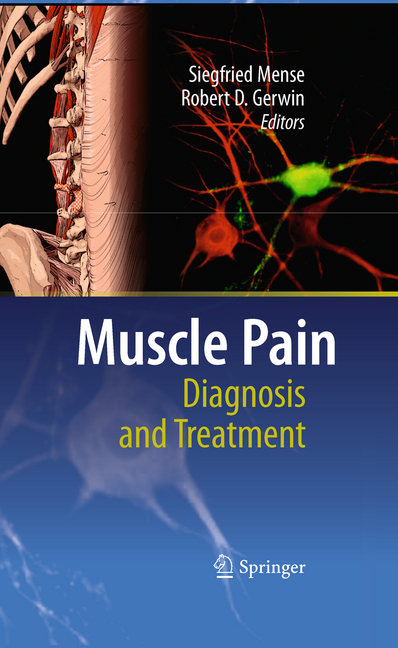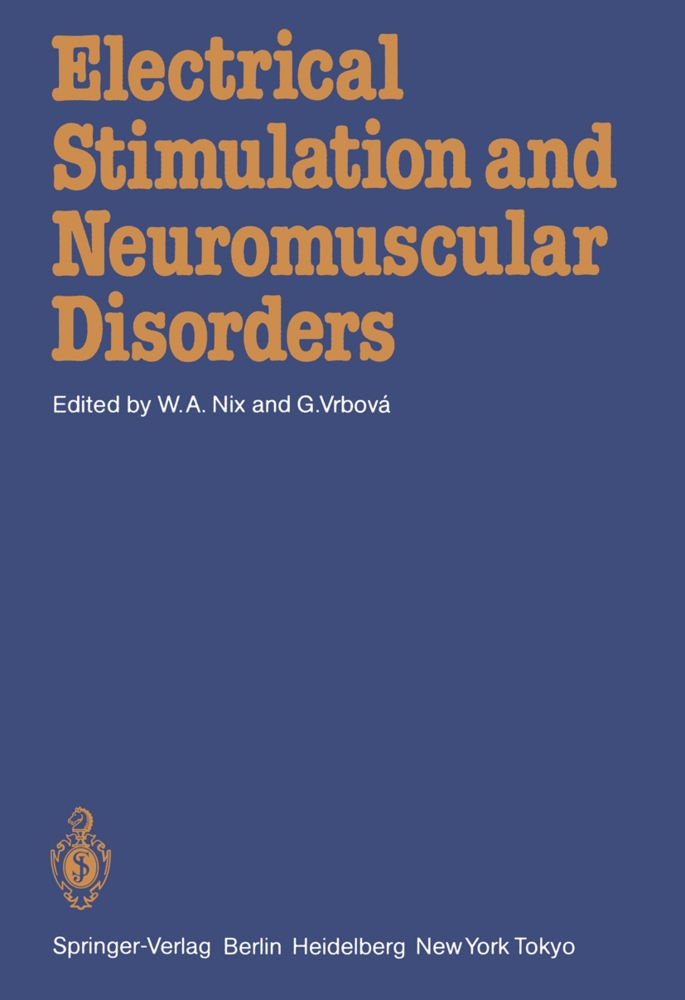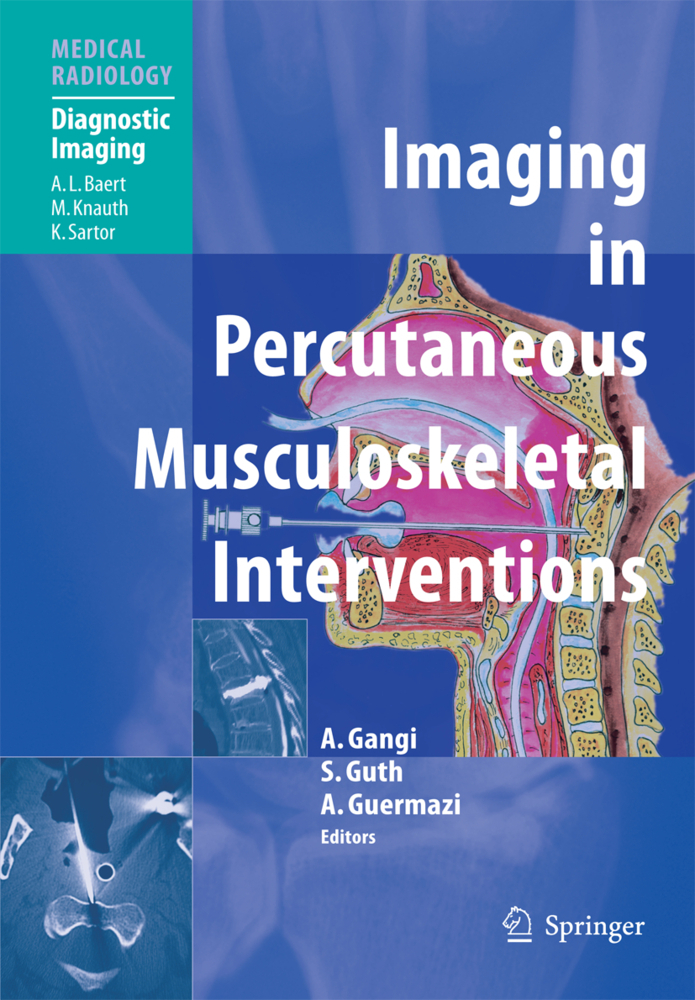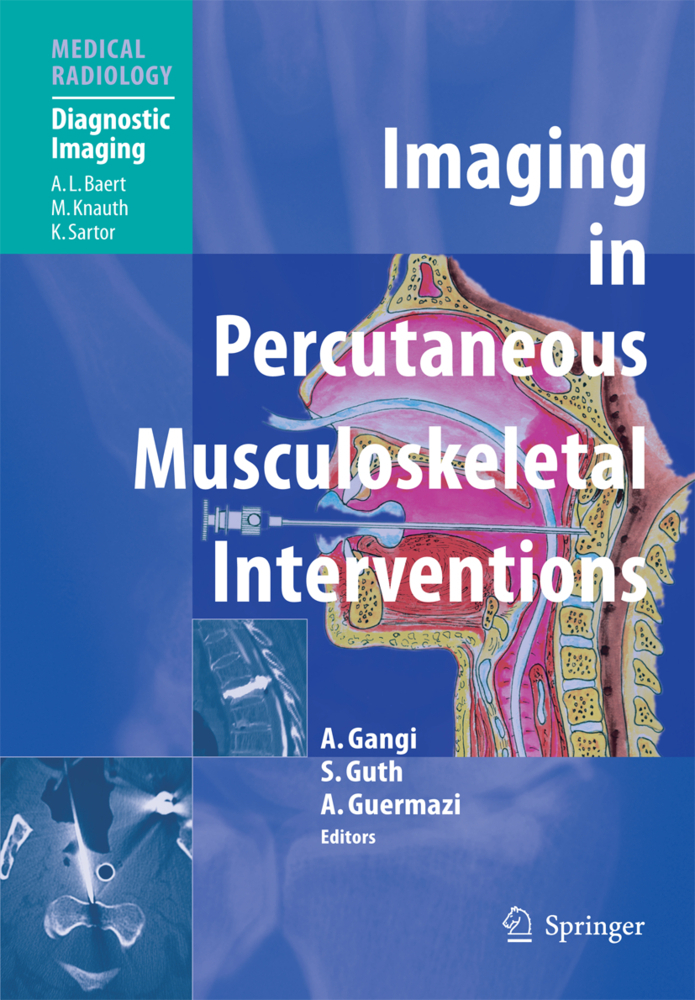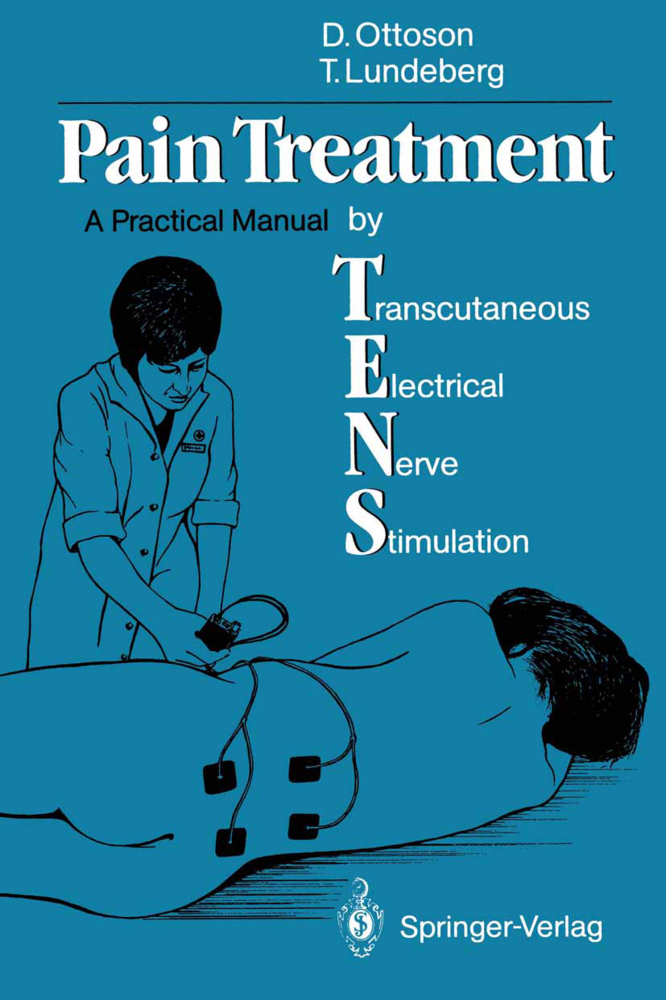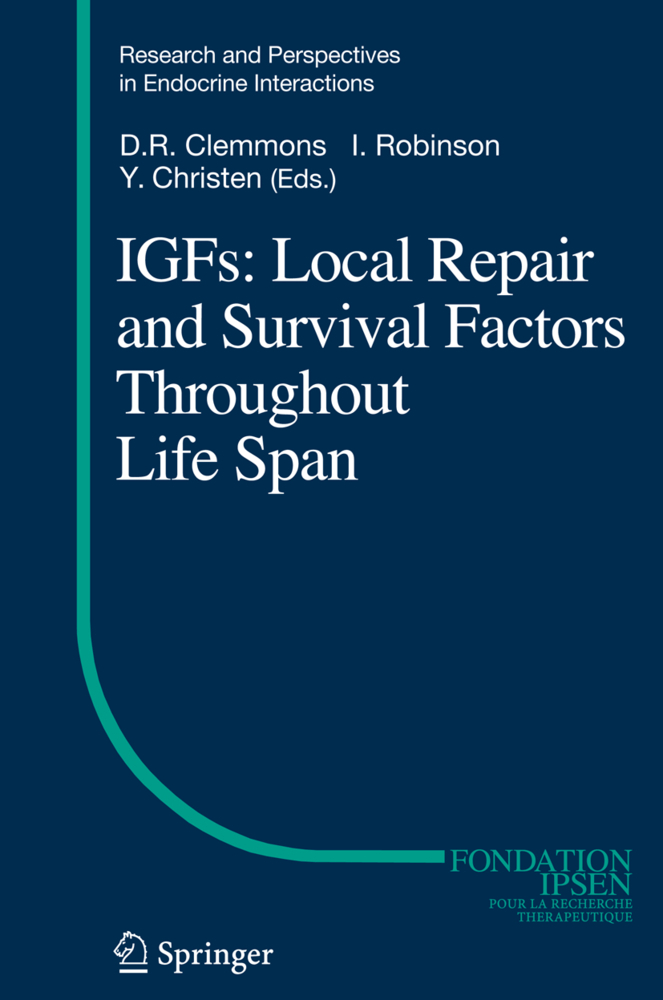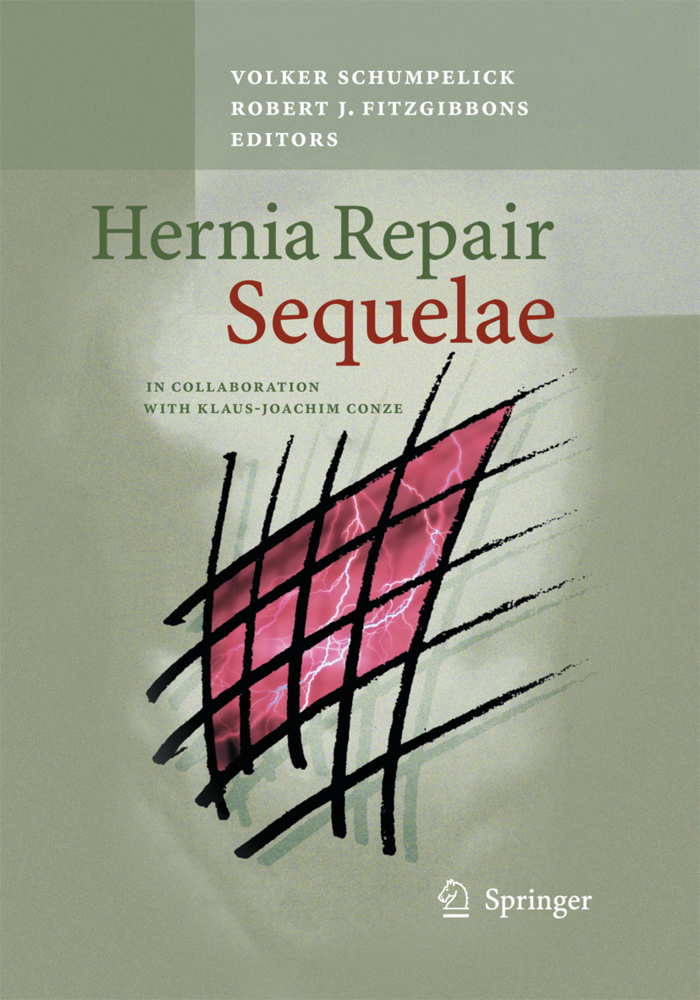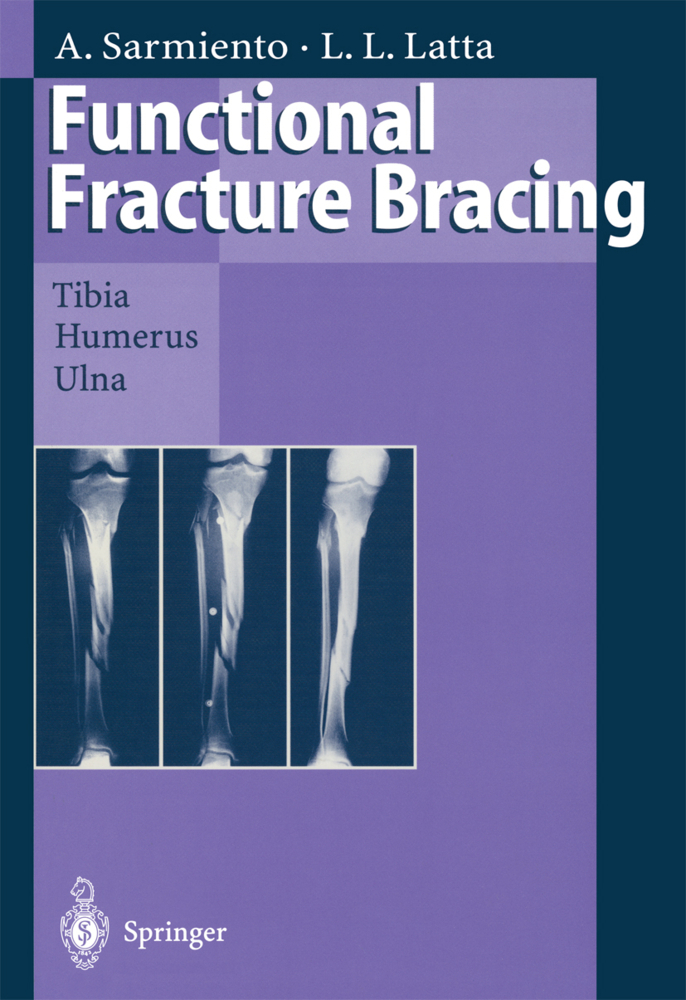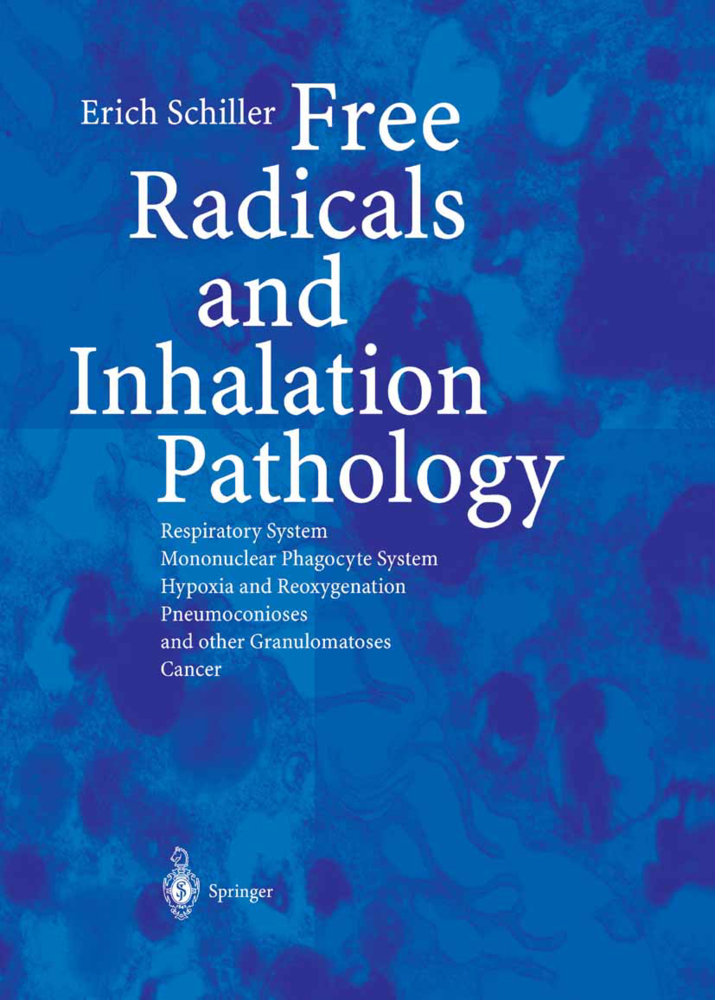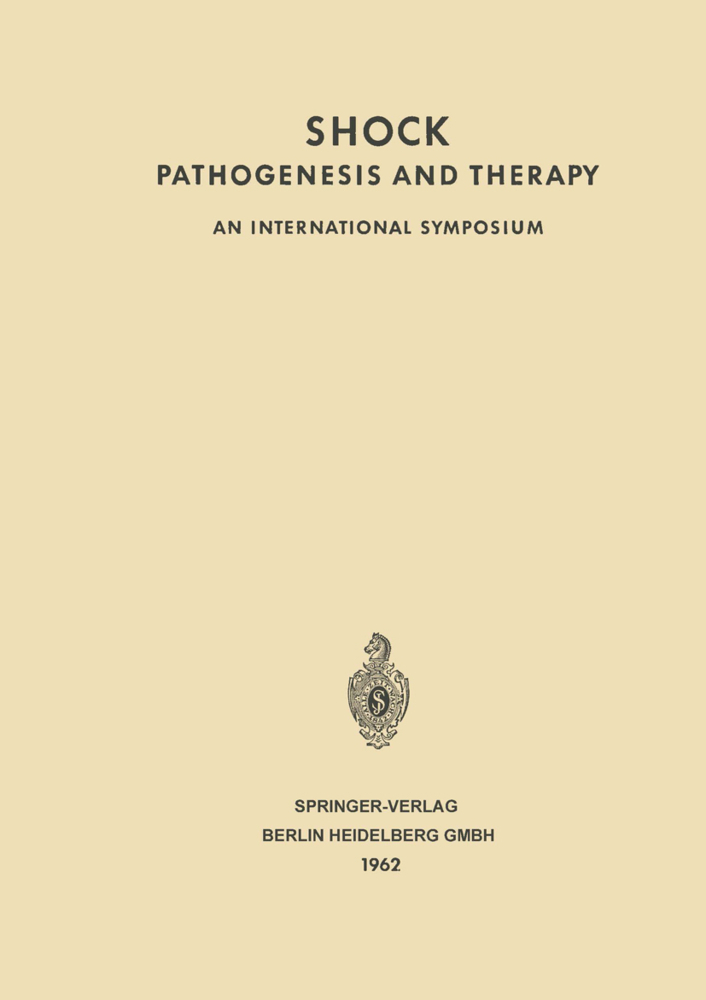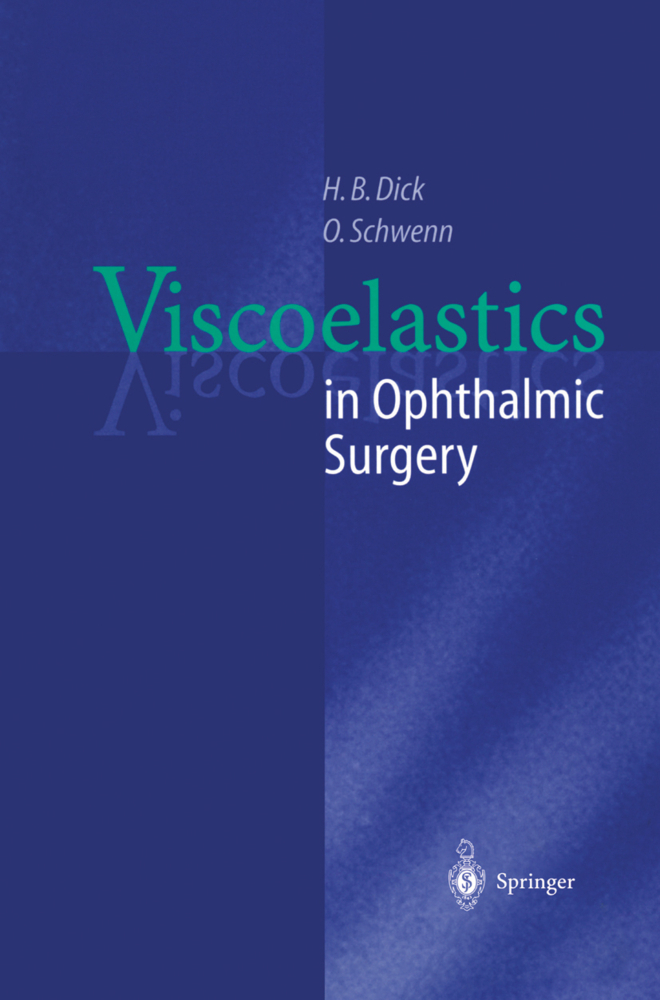Muscle Pain: Diagnosis and Treatment
Diagnosis and Treatment
This edition of the companion volumes Muscle Pain: Understanding the Mech- isms and Muscle Pain: Diagnosis and Treatment is essential reading for those interested in clinical approaches to acute and chronic pain conditions involving muscle tissues and in the mechanisms underlying these conditions. The volumes cover a very important topic in pain medicine, since muscle pain is very common and can often be dif?cult to diagnose and treat effectively. Furthermore, chronic pain involving muscle and other components of the musculoskeletal system increases with age, such that it is a common complaint of those of us who are middle-aged or older. Indeed, as changing population demographics in 'west- nized' countries result in higher proportions of the population living longer and being middle-aged and elderly, chronic muscle pain will likely become even more of a health problem. In the case of acute muscle pain, this can often be very intense, and in the short term can limit or modify the use of components of the musculoskeletal system associated with the sensitive muscle. Chronic muscle pain can also be intense, as well as unpleasant and disabling, and it is in many cases the over-riding symptom of most musculoskeletal disorders that are associated with long-term deleterious changes in musculoskeletal function.
1;Foreword;6 2;Preface;8 3;Contents;10 4;Contents to Muscle Pain: Understanding the Mechanisms;12 5;Contributors;14 6;Chapter 1: Introduction;16 6.1;Established Pain Terms (Partly after Merskey and Bogduk 1994; and Loeser and Treede 2008)17 6.1.1;General Terms;17 6.1.2;Diagnostic Terms;18 6.1.2.1;Myofascial Pain;18 6.1.2.2;Fibrositis;18 6.1.2.3;Fibromyalgia;18 6.1.2.4;Myogelosis and ``Muscle Indurations´´;19 6.1.2.5;Nonarticular Rheumatism (Soft Tissue Rheumatism);19 6.1.2.6;Non-Specific Low Back Pain;19 6.1.2.7;Tendomyopathy;19 6.1.2.8;Work-Related Disorders of the Musculoskeletal System;20 6.1.3;Established, but Often Ill-Defined, Terms;20 6.1.3.1;Referred Pain;20 6.2;Importance and Prevalence of Muscle Pain;20 6.3;Gender Differences;21 6.4;Pain Measurement;21 6.5;Aggravating and Perpetuating Factors;22 6.6;Patient History;23 6.7;Examining Patients with Musculoskeletal Pain;23 6.8;Distinguishing Between Different Types of Pain (Local, Projected, Referred, and Central);24 6.8.1;Local Pain and Tenderness;24 6.8.2;Projected Pain;24 6.8.3;Referred Pain and Tenderness;25 6.8.4;Central Pain;25 6.9;References;25 7;Part I: Myofascial Pain Syndrome;27 7.1;Chapter 2: Myofascial Pain Syndrome;28 7.1.1;Introduction;30 7.1.1.1;Trigger Point Manifestations;31 7.1.1.2;Trigger Point Pain;31 7.1.1.3;Current State of Knowledge;32 7.1.2;Clinical Presentation;33 7.1.3;Definition;33 7.1.3.1;Primary Trigger Point Characteristics;33 7.1.3.2;Additional Trigger Point Characteristics;34 7.1.3.3;Trigger Point Identification;36 7.1.3.4;Weakness;37 7.1.3.5;Recruitment;37 7.1.3.6;Reciprocal Inhibition;37 7.1.3.7;Range of Motion;38 7.1.3.8;Functional Adaptation;38 7.1.4;Sensory Changes;38 7.1.5;Electrophysiology of the Trigger Point: Spontaneous Electrical Activity (Endplate Noise) ;39 7.1.6;Etiology of Myofascial Trigger Points;41 7.1.6.1;Generation of the Taut Band;41 7.1.6.2;Muscle Overuse Syndromes and Myofascial Pain Syndrome;41 7.1.6.3;The Neuromuscular Junction: The Role of the Neuromuscular Junction in Trigger Point Formation;41 7.1.6.4;Peripheral Nerve Sensitization in Myofascial Pain Syndrome;43 7.1.6.5;Hypoxia and Ischemia;43 7.1.6.6;Biochemistry of the Trigger Point Region;44 7.1.7;Muscle Pathology;46 7.1.8;Central Sensitization;50 7.1.8.1;Central Pathways;50 7.1.8.2;Referred Pain;51 7.1.9;Muscle Stress and Overuse;53 7.1.9.1;Muscle Overuse Syndromes;53 7.1.9.2;Postural Stresses;56 7.1.10;Pain Initiation in Myofascial Pain Syndrome;56 7.1.10.1;Inflammatory Pain Models;56 7.1.10.2;Acid-Sensing Ion Channels;57 7.1.10.3;Serotonergic Mechanisms;57 7.1.10.4;Calcitonin Gene-Related Peptide;58 7.1.10.5;Spinal Modulation of Pain;58 7.1.11;Epidemiology of Myofascial Pain;59 7.1.11.1;Prevalence Studies;59 7.1.11.2;Gender Differences;59 7.1.11.3;Hypermobility;60 7.1.12;Diagnosis of Myofascial Pain Syndrome;60 7.1.12.1;Reliability of Manual Identification of Trigger Points;60 7.1.12.2;Consensus Studies and Systematic Reviews;62 7.1.12.3;Objective Criteria;63 7.1.12.4;Pain from Bone and Tendon;64 7.1.13;Differential Diagnosis;65 7.1.13.1;Differential Diagnostic Considerations;65 7.1.13.2;Trigger Point-Initiating Factors;65 7.1.13.3;Fibromyalgia;66 7.1.13.4;Other Disorders to Consider;66 7.1.13.5;Viscerosomatic Disorders;66 7.1.13.6;Other Causes of Referred Pain;67 7.1.13.7;Mechanical Dysfunction;67 7.1.14;Treatment;67 7.1.14.1;Treatment Principles;67 7.1.14.2;Manual Inactivation of Trigger Points;68 7.1.14.3;Noninvasive, Non-Manual Treatment Techniques;70 7.1.14.4;Invasive Treatment of Myofascial Trigger Points;70 7.1.14.5;Botulinum Toxin;73 7.1.15;Perpetuating Factors;74 7.1.15.1;Introduction to Perpetuating Factors;74 7.1.15.2;Iron Insufficiency;74 7.1.15.3;Hypothyroidism;75 7.1.15.4;Iron Status and Thyroid Function;76 7.1.15.5;Vitamin D Deficiency;77 7.1.15.6;Statins;78 7.1.15.7;Structural and Mechanical Factors;79 7.1.16;Selected Specific Clinical Syndromes;79 7.1.16.1;Headache;79 7.1.16.2;Fibromyalgia;80 7.1.16.3;Endometriosis and Other Pelvic Viscero
Mense, Siegfried
Gerwin, Robert D.
| ISBN | 9783642054686 |
|---|---|
| Artikelnummer | 9783642054686 |
| Medientyp | E-Book - PDF |
| Copyrightjahr | 2010 |
| Verlag | Springer-Verlag |
| Umfang | 366 Seiten |
| Sprache | Englisch |
| Kopierschutz | Digitales Wasserzeichen |

